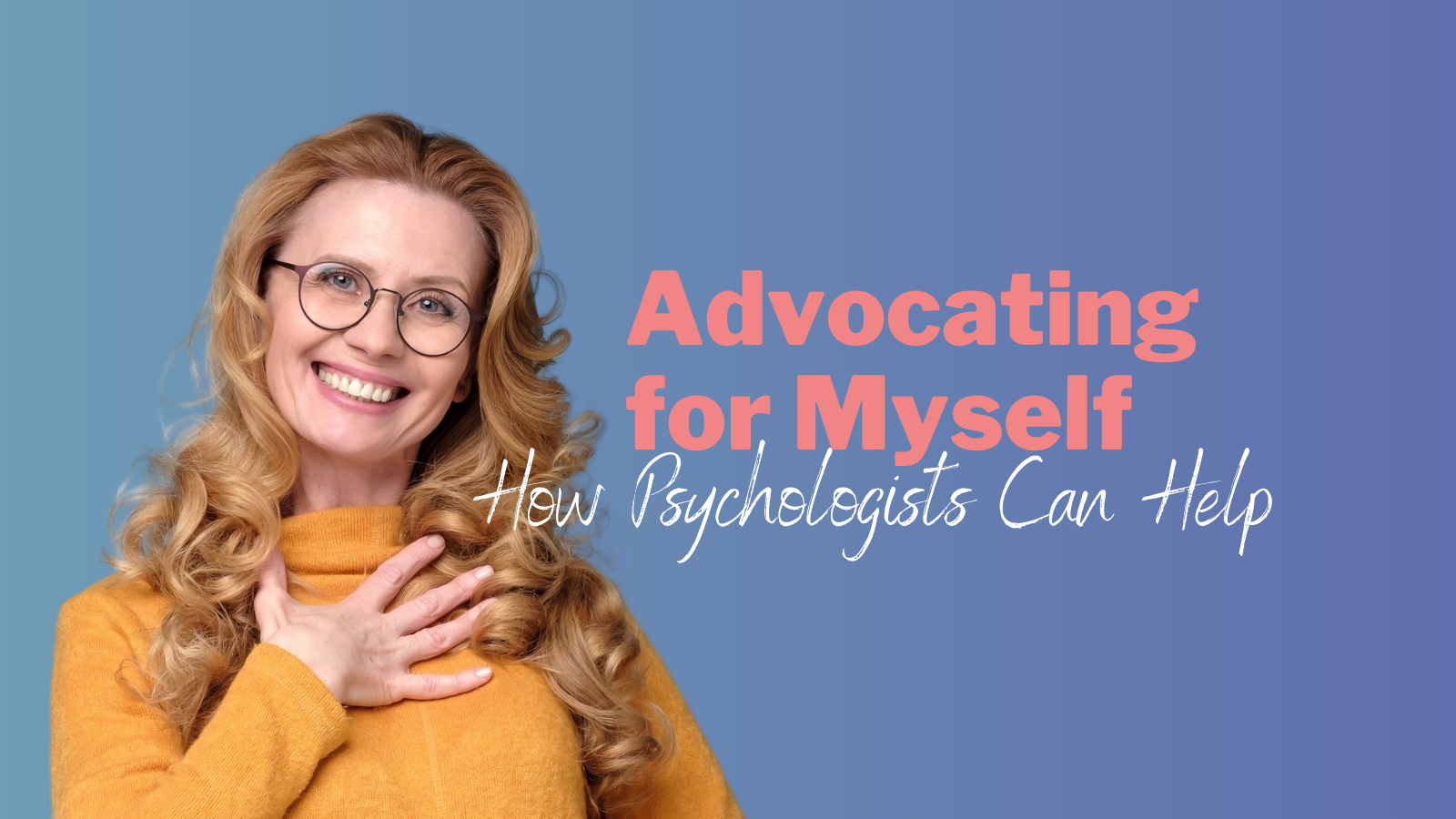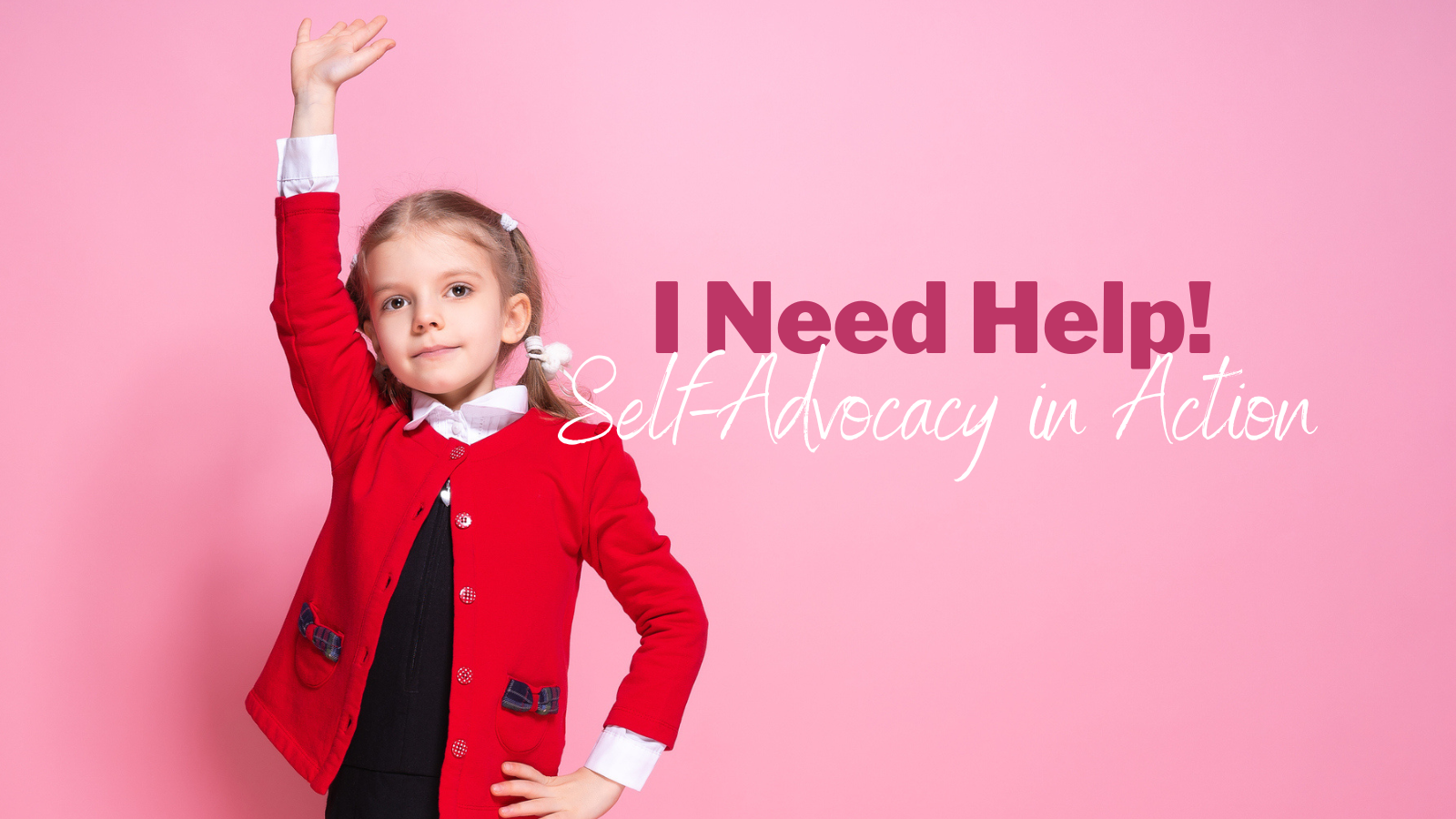We know that even as adults, self-advocacy can be really tough. Whether we are explaining to our school principal that we need more supplies, the house painter that the job needs to be done this month, not next, or our physician that a medication is not working for us, we are advocating for ourselves. It can be hard getting others to listen, but we also know that it is necessary and provides a sense of power over our daily lives.
In our classrooms, self-advocacy for students goes hand-in-hand with metacognition, the personal awareness of how we learn. First, this requires an acknowledgement on the part of the teacher of the diversity of learning, recognizing that we all learn differently. Second is the understanding that self-advocacy is a life skill which is important to teach; the bonus being that it makes classroom management easier.
Modelling self-advocacy in the early grades
As always, good teaching begins with modelling. In the early grades, we instruct our students about classroom routines such as coming to the story circle or settling in after recess. Model for your students what works best for you.
“I’m most ready for reading circle when the papers are off my desk so I can see where our reading book is.”
Have them each tell what works best for them for coming to the reading circle. They will have a lot of different ideas:
“When my shoelaces are tied.”
“When I’ve checked the visual agenda.”
“When my learning buddy gives me the signal.”
Once your students have established what works best for each of them, you can just provide statements that remind them. “I am clearing the papers off my desk to get ready for story time. Is everybody doing what they need to do to get ready? Great! Now we’re ready to move to our circle.” This takes the pressure off you and puts the power and responsibility where it belongs, in your students’ hands.
When they reach upper elementary
In upper elementary grades, as students begin moving from class to class, teachers can model the same technique. At the beginning of each term, set the tone of accepting diversity in learning. Then model self-advocacy in your classes. You can begin saying something like:
“It works best for me if you all know what we are going to do in class, so I’ll put a mini-schedule for each period on the board. That will give you a minute to decide what you need to do so you’re ready to learn.”
That can be followed by a class discussion of the different ways students can demonstrate that they are ready to learn. It might seem like this takes too much extra time, but you’ll make that time back, because when students feel you are allowing them some control over their learning, you’ll spend much less time in organizing them and in managing the behaviour that results when students don’t feel they have power over their own learning.
When self-advocacy is modelled this way by teachers and expected of all students in a class, it becomes the norm for everyone. It creates the expectation that everyone has not only responsibility for their learning but has power over their own learning. It creates a culture of acceptance that means that students with special needs feel that they, too, have power over their learning.
Stepping up self-advocacy in high school
In junior and senior high, many students come to us with specific needs that must be individually accommodated. In my experience, most teenagers are not very skilled in self-advocacy. Most, but not all. I had a first-hand lesson in self-advocacy one day as a tiny blond tornado whirled into my office. Her jacket was half off, one shoelace was undone and her backpack was exploding papers, pencils and lunch bags in her wake. As she arrived, she waved some papers at me and said, “I have an IPP and my mom said you would help me.” Her statement was so unique that it opened my eyes to the fact that the other teens I worked with were not advocating for themselves.
With that insight, I realized that I’d been advocating for my students instead of giving them the power to do it themselves. So, I changed my practice. When students needed extra time, a quiet place to write, or to complete only some instead of all the math problems, we would rehearse together the conversation that needed to happen. First, my students needed to understand that the format of the conversation needed to be respectful, but also that expectations needed to be clear. They needed to understand, themselves, that they were not asking for a favour, they were explaining the need for appropriate accommodations so they could engage in learning. We made sure the conversation always started with some version of, “I learn best when…” or “I can show what I know if I can…” Once the conversation was ready, we would make an appointment with the teacher. I always went with the student for the first meeting and always offered to go to the next one. Surprisingly, that was never necessary! It seemed that once my students knew they could advocate for themselves, they were more than happy to do it independently.
Independence with self-advocacy is enhanced when teachers set the tone early in the semester or school year. Acknowledging to the whole class that everyone learns differently and that some people may need accommodations for their learning will open the door for students to approach teachers to explain what they need. One university instructor I know does it in his introductory lecture. Then he invites anyone who requires learning or testing accommodations to meet privately with him to plan what will work best for the student’s learning. He also reminds students that it is very hard to provide accommodations if he doesn’t know about them until twenty minutes before the final exam. He gets a great response from students who need accommodations – and he doesn’t run around in the minutes before exams anymore trying to match accommodations to student needs. It’s a method that works at the university level and it works just as well at junior and senior high school levels.
Self-advocacy is for every learner
Teaching self-advocacy starts with the acknowledgement of learning diversity. Everyone learns differently, not just those with special needs. Teachers who model self-advocacy demonstrate that it is important for all of us, that we all require different things to meet our needs sometimes and it is acceptable to ask for and expect to receive these. It paves the way for responsibility and accountability in the learning process. When we create a learning culture where self-advocacy is the norm and when we model that accommodations are necessities, not favours, we enable all our students to seize the power for their own learning.








